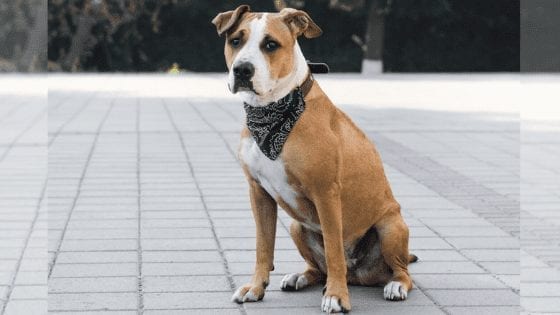With Summer well underway and temperatures anticipated to break records, pet owners are advised to pay close attention to their furry friend’s needs in hot conditions.
During the Summer months, our beloved pets feel the heat a lot faster than we do because of their fur coats and inability to produce sweat like humans. In hot conditions, pets are also more susceptible to burns on their paws from sand and man-made surfaces that become increasingly hot as temperatures soar.
Paw pads are made up of specialised skin on a pet’s foot that is made to withstand pressure, similar to the shoes we wear. However, just like shoes, paw pads are subject to wear and tear, which results in extreme discomfort for our pets.
Pet owners should take notice of the following signs that your pet’s paw pads may be causing them discomfort:
- Limping or refusal to walk
- Licking or chewing their feet
- Discoloured paw pads
- Missing part of the paw pad
- Blisters or redness
Treatment of paw pad burns varies depending on the severity of the burn. However, if the burn is severe you should take your pet to their veterinarian for an expert opinion.
Paw pad burns can be avoided by taking the following precautionary measures:
- Keep your dog’s walks to a minimum during the Summer months. In particular, it is recommended that in hot weather dogs should be walked in the early morning or evening to avoid the sun at its harshest temperatures.
- Walk your dog on the grass as that surface remains cooler than the sidewalk, which decreases the chance of paw pad burns.
- Avoid injury to your pet’s paw pads by keeping them moisturised with Vaseline or a special paw pad cream prescribed by your veterinarian. Keeping the paw pad moisturised will prevent cracking, peeling, and minor pad cuts, preserving the longevity of your pet’s paw pad.
If you are walking with your pet and you notice that they are limping or showing signs of discomfort, flush the paw with cool water or a cool compress if available. Lead your dog to a grassy area or if possible, carry them to a less harsh surface. It is important to remember to prevent them from licking the area as this only irritates the surface further. Take your pet to your veterinarian to assess the severity of the burn and determine what pain relief or antibiotics is best suited to your dog’s condition and alleviating any pain they may be experiencing.


